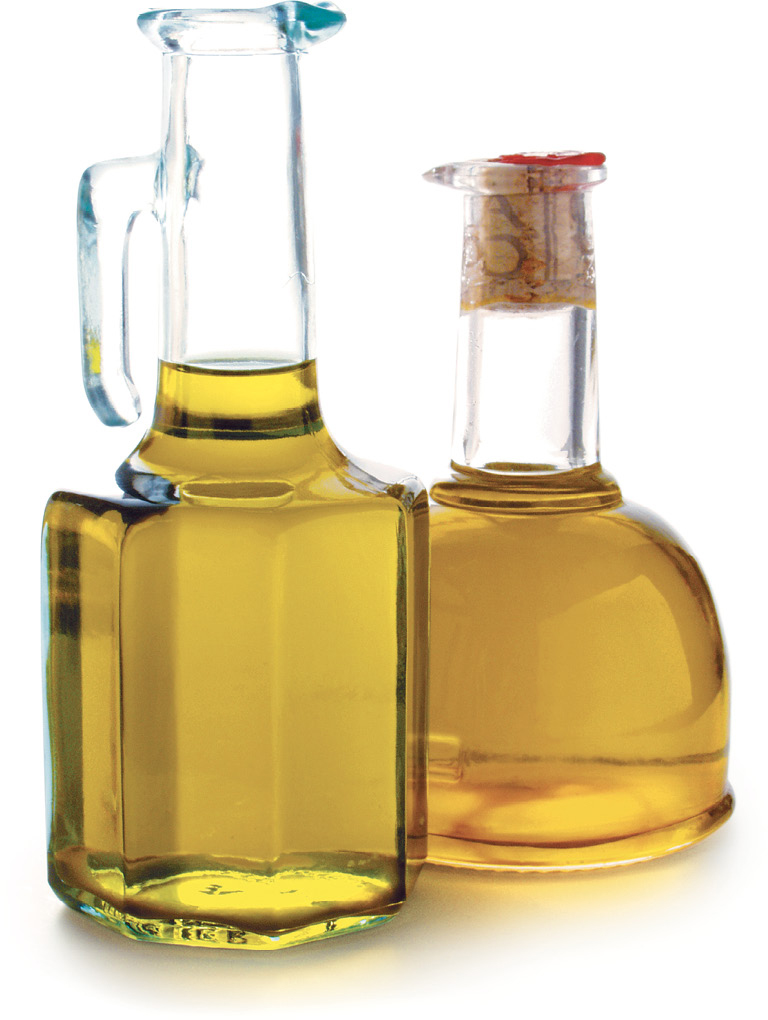
VERY LOW
It’s a wonder olive oil isn’t more expensive, because in the world of Magic eating, it’s liquid gold.
Remember secret number 5 of Magic eating, Favor Good Fats? Well, olive oil is the flagship of the good-fats fleet. In fact, we recommend using olive or canola oil (when you need a neutral-tasting oil) most of the time instead of other oils.
Good fats like those in olive oil work miracles for your blood sugar—and your health in general. Unlike butter, these unsaturated fats don’t increase insulin resistance and may even help reverse it, helping your body steady its blood sugar.
Olive oil also “spikeproofs” your meals by slowing digestion so carbs take longer to break down into blood sugar. Simply tossing your salad with olive oil and vinegar will help blunt the blood sugar impact of whatever else you’re eating (see here to find out why the vinegar’s also important).

One recent Australian study found that when six men were given either olive oil, water, or a mixture of water and oil before a high-carb meal, it took almost three times as long for their stomachs to begin emptying—significantly delaying the subsequent rise in blood sugar—when they had the olive oil. You may also remember from the first chapter that meals that raise blood sugar quickly result in feeling hungrier before the next meal. Slower rises in blood sugar equal feeling full longer, which in turn equals weight loss!
As for heart health, eating generous amounts of olive oil is one of the main reasons that people who follow the Mediterranean diet have less heart disease and far fewer heart attacks. One study found that when 28 men and women added 2 tablespoons of extra-virgin olive oil a day to their usual diets for six weeks, they experienced a 12 percent drop in total cholesterol and a 16 percent drop in LDL (“bad”) cholesterol. Numerous studies over the years have shown that olive oil not only lowers LDL but also raises HDL, the good kind. The oil is also rich in antioxidants called phenols, which help protect artery walls from cholesterol buildup.
Olive oil contains an anti-inflammatory component so strong that researchers liken it to aspirin. This may be another reason that people who follow the Mediterranean diet have such low rates of heart disease, which is linked to inflammation. So, by the way, is type 2 diabetes, not to mention other chronic diseases like Alzheimer’s.
In contrast, a diet heavy in corn, safflower, and sunflower oils can actually promote inflammation in the body, which can damage arteries and lead to heart disease and other health problems. We recommend against using any of these types as your main cooking oil.
Olive oil also contains natural compounds called lignans, which may reduce the risk of cancers of the colon, breast, prostate, pancreas, and endometrium.
Olive oil isn’t like wine; it doesn’t improve with age. In fact, it can become rancid. Store it in a tightly sealed dark container in a cool place. If your oil turns cloudy, it’s time to throw it away and buy a new bottle.
Great cooks use olive oil in just about everything. Use it whenever you can in place of other vegetable oils, margarine, or butter. Here are a few suggestions.
 Serve a dish of good olive oil with cracked black pepper for dipping fresh bread (whole grain, of course!).
Serve a dish of good olive oil with cracked black pepper for dipping fresh bread (whole grain, of course!).
 Instead of using butter on bread or mashed potatoes, try olive oil mixed with roasted garlic (see the garlic entry for tips on roasting).
Instead of using butter on bread or mashed potatoes, try olive oil mixed with roasted garlic (see the garlic entry for tips on roasting).
 Use it as a base for marinades for beef, chicken, fish, or pork.
Use it as a base for marinades for beef, chicken, fish, or pork.
 Add it to pasta, chopped tomatoes, crumbled feta cheese, chopped fresh basil, and capers for a fast and oh-so-simple supper.
Add it to pasta, chopped tomatoes, crumbled feta cheese, chopped fresh basil, and capers for a fast and oh-so-simple supper.
 Use it to replace the smoked meats and sausage typically used to flavor bean and pea soups.
Use it to replace the smoked meats and sausage typically used to flavor bean and pea soups.
 In recipes that call for butter or margarine, use 3/4 teaspoon olive oil in place of 1 teaspoon butter or margarine.
In recipes that call for butter or margarine, use 3/4 teaspoon olive oil in place of 1 teaspoon butter or margarine.
 Dice olives into sauces, especially tomato-based types.
Dice olives into sauces, especially tomato-based types.
 Top your pizza with olives along with other vegetables of your choice.
Top your pizza with olives along with other vegetables of your choice.
 Add olives to green salads, pasta salads, and tuna sandwiches.
Add olives to green salads, pasta salads, and tuna sandwiches.
Barley Salad with Snow Peas and Lemon Dressing
Grilled Chicken Salad with Oranges
Mediterranean Salad with Edamame
Mediterranean Split Pea Spread
Pork Souvlaki with Grilled Vegetables
Roasted Chicken with Root Vegetables
Seared Fish Steaks with Tomato-Olive Sauce
Spinach, Grapefruit, and Avocado Salad with Poppy Seed Dressing
Tuna and Cannellini Salad with Lemon
Warm Salmon Salad with Olive Toasts